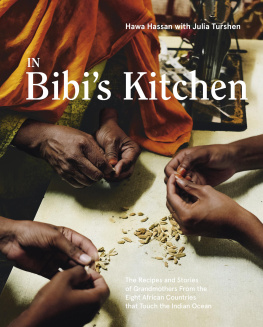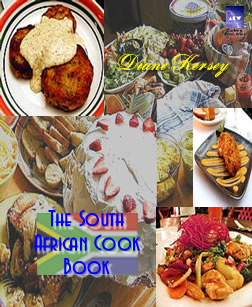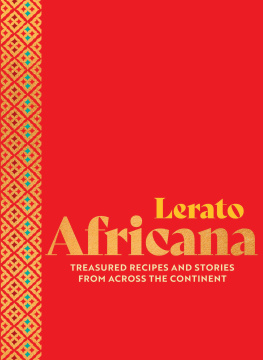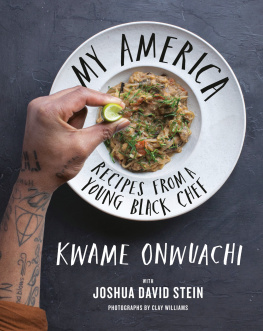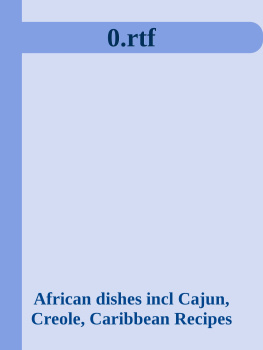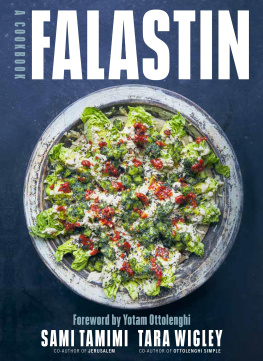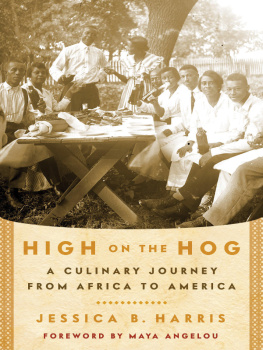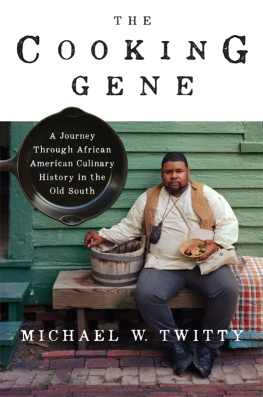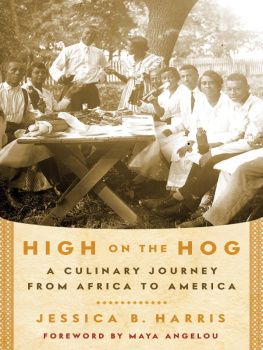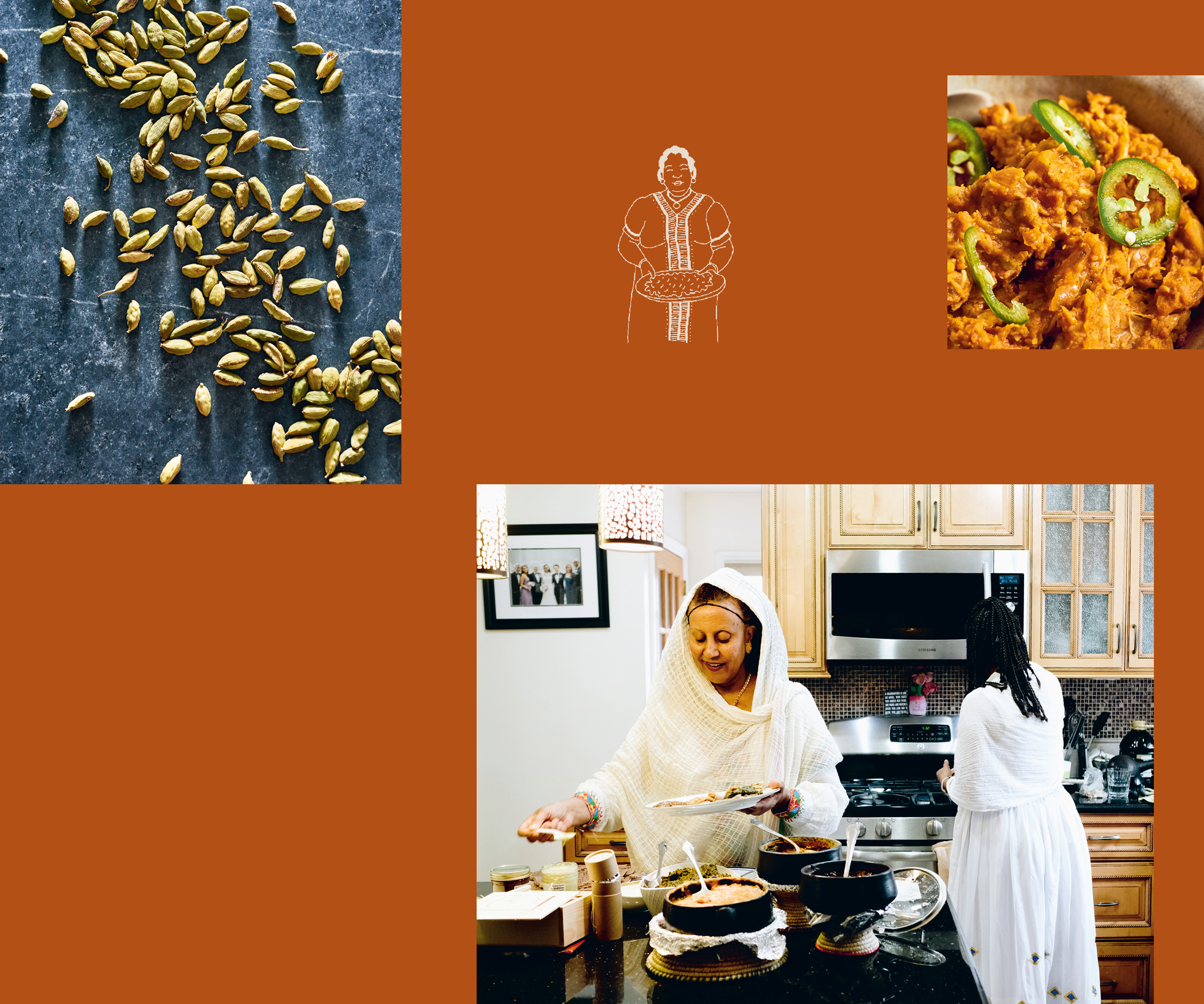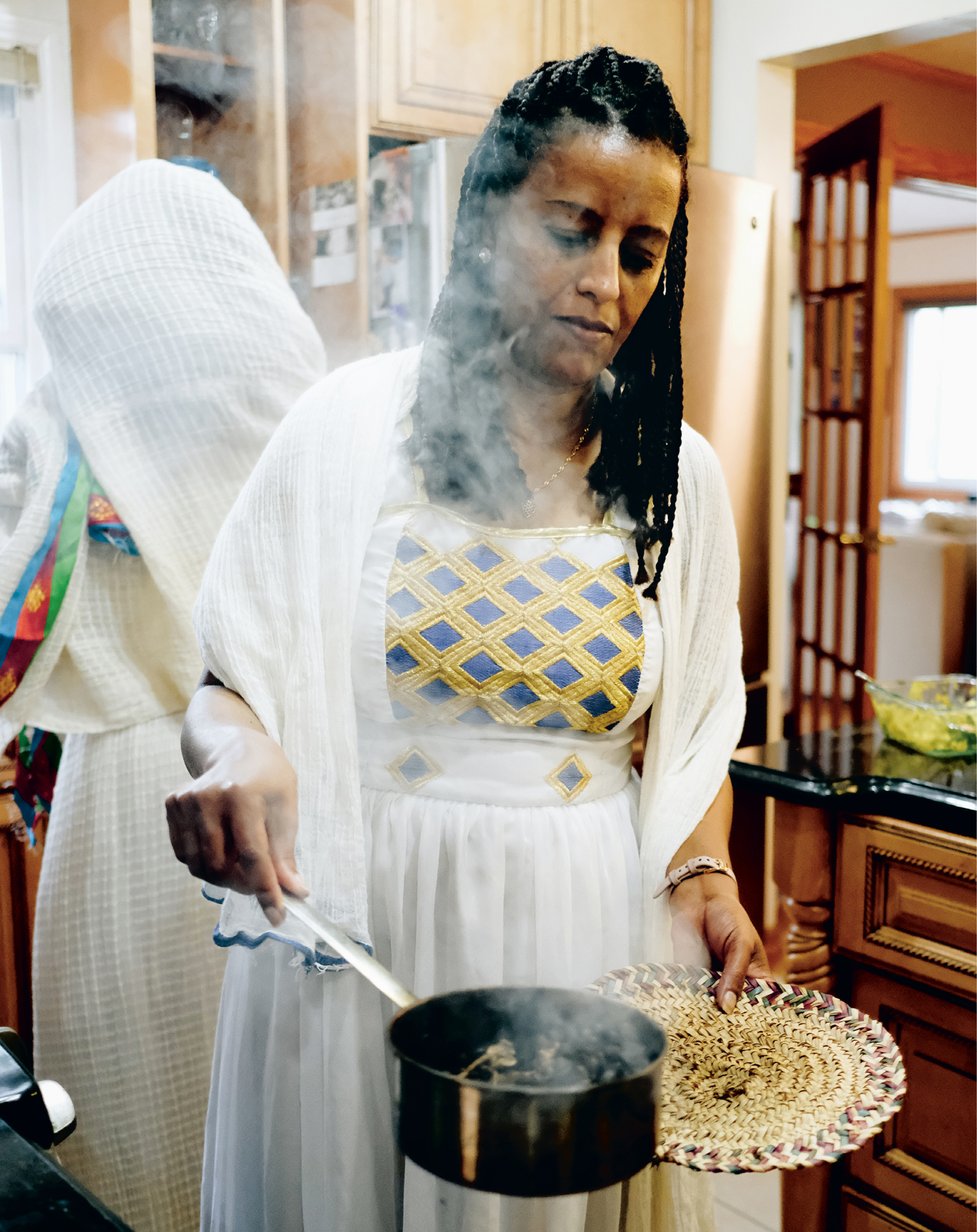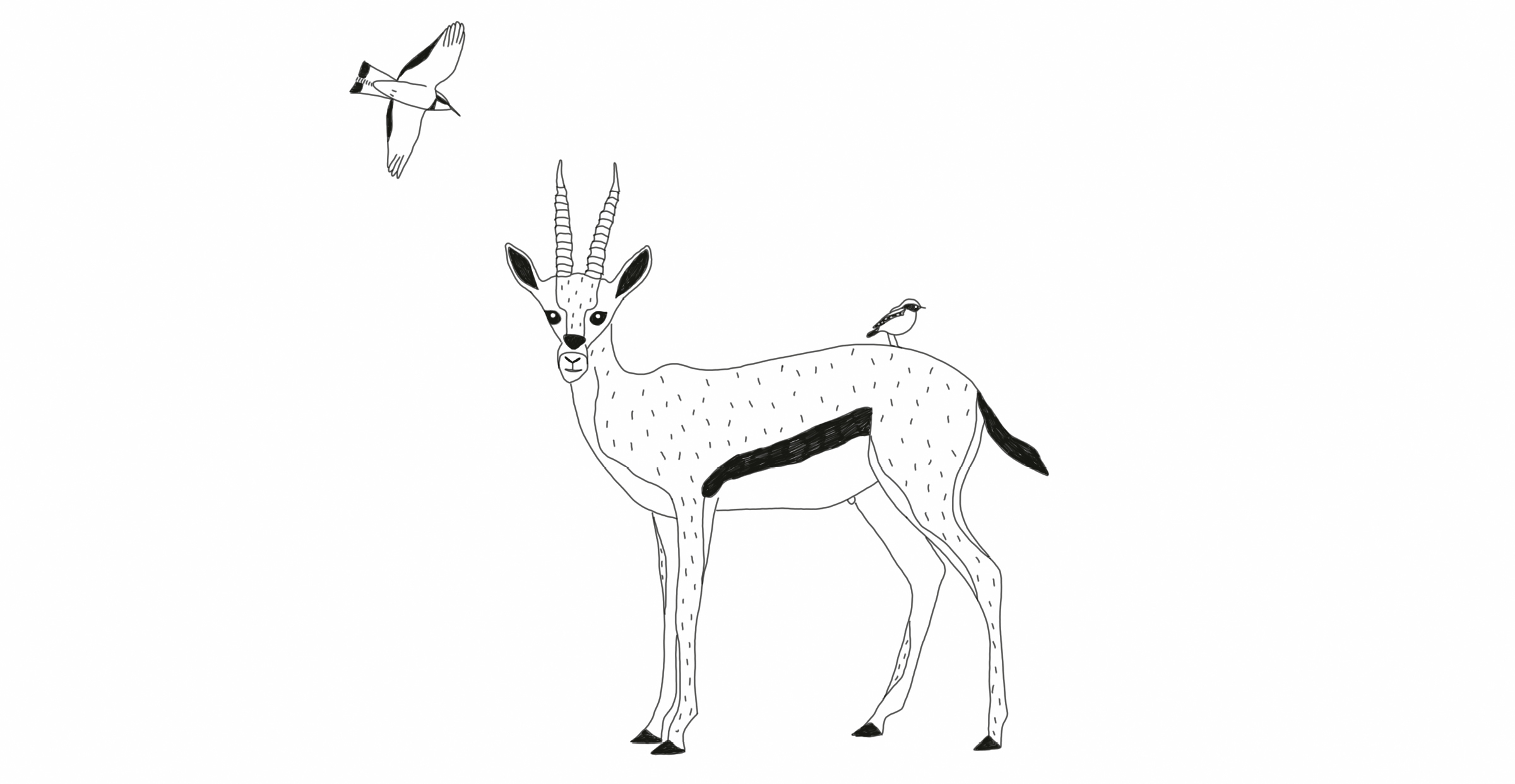Contents
Landmarks
Print Page List
ACKNOWLEDGMENTS
It takes a village to do most things, including to make a book.
First, thank you to each woman who welcomed us into her home, spoke to us, cooked for us, shared a story, and shared a recipe (or a few recipes!).
With thanks to the following people and organizations who helped connect the dots between the bibis and us in so many different ways: In Eritrea: Astu Tilahun, Danait Beyene, Gabriella Mengstab, Lilai Teckie, and Michael Andeberhan. In Somalia: Abdi Latif Ega, Abdul Karim Mohamed, Beverly Hampton, Duran Ahmed Adan, Eman Bare, and Evelyne Wangui Njoroge. In Kenya: Abubakr Dumbuya, Ali Farah, Ciku Muriuki, Gina Din-Kariuki, Hakim Abdalla of Maskani Youth Initiative, Kaniaru Wacieni, Mohammed J. Farah, Samia Omar Bwana of Halal Safaris, Wambui Kinya, and Wangeci Gitobu. In Tanzania: Justa Lujwangana, Kathleen Bomani, and Neema J. Ngelime. In Mozambique: Chike Eleazu, Dag Roll-Hansen, Nuno Santos, and Tamra Ramos. In South Africa: Benjamin J. P. Henecka and Faith Nseula. In Madagascar: Ramartour Madagascar. In Comoros: Shainess Daoud.
Thanks to all who helped make the images in the book: Khadija M. Farah and Jennifer May (with a special shout-out to Chris and Robin for their support!) for taking the photos. Your commitment to the book has meant the world. Thank you to Victoria Campbell for stepping in in Minneapolis (and thank you to Sarah Hrudka for connecting us). Thank you to Jasmine Arielle Ting for being part of the first food shoot and being a real help. Thank you to Dina Nur Satti and Lail Design for loaning us beautiful pieces (check them out at @nur_ceramics and @lail.design), Stephanie Charlene Ceramics and Jane Herold Pottery (@stephanie_charlene and @janeheroldpottery) for discounting their ceramics for us, and Fahari Bazaar (@faharibazaar) and Breakthrough African Market in Albany, New York, for being the source of so many fabrics in the images. And thank you to Araki Koman for her work on the map and illustrations.
Thanks to everyone at Ten Speed Press for believing in the book, giving it your attention and thoughtfulness, and helping us get it out into the world. Special thanks to Dervla Kelly, our champion from day one, as well as Emma Campion, Isabelle Gioffredi, Serena Sigona, Brianne Sperber, and Windy Dorresteyn.
Thank you to Kari Stuart (and thank you to Cat Shook!) for taking this book from dream to reality and for helping us find the right partner.
And thank you to Dr. Jessica B. Harris, Osayi Endolyn, and Howie Kahn for your support.
From Hawa
To my mother: The Prophet Muhammad said, Paradise is at the feet of the mother. You are the light of our lives, and our anchor. My siblings and I are so lucky to have been born to youa community organizer, an entrepreneur, a woman of deep faith, and the best mother of all. Thank you for showing me what it means to walk with dignity and integrity. Waan ku jeclahay, Hooyo .
To my best friends Giovanni, Joe, Nunu, Mulu, and Shelia: Having you beside me has gotten me through some of my darkest days. Your everlasting kindness has helped me live my wildest dreams. Thank you for the loyalty, friendship, and uninhibited joy you bring to my life. I look forward to riding many more waves together.
To my siblings: Im so thankful for the stories weve lived through together. Thank you for your unwavering support. It means the world to me. I love you.
To my godchildren: You girls are the greatest joy of my life. Remember, the sky is not the limit.
Chapter One
Eritrea
Ma Gehennets Kicha
ERITREAN FLATBREADS
Kicha Fit Fit
TORN FLATBREADS WITH SPICED BUTTER AND YOGURT
Ma Gehennets Zebhi Hamli
STEWED SPINACH
Ma Gehennets Shiro
GROUND CHICKPEA STEW
Shahan Ful
MASHED LIMAS WITH ONIONS, TOMATOES, AND CHILES
Ma Abebas Firfir
STEWED INJERA WITH MEAT, TOMATOES, AND ONIONS
Doro Wat
STEWED CHICKEN LEGS WITH BERBERE AND EGGS
Ma Gehennets Buna
ERITREAN COFFEE
Part of the Horn of Africa, Eritrea is a varied country with nine recognized ethnic groups, with multiple languages spoken and religions practiced. Formerly part of the Abyssinia empire, along with Ethiopia, the country was first called Eritrea in 1890, when Italy colonized the area and named it after the Greek name for the Red Sea. (The name remained even after the British and subsequently Ethiopia took control; it persisted even after the country gained independence in 1993.) Eritreas coastline extends along the Red Sea, an inlet of the Indian Ocean. In looking at the food cooked in Eritrea, we can see a distinctive mixture of Indian, Arab, and Ethiopian influences.
To say theres history in Eritrea would be a massive understatement. The remains of a hominid (meaning a great ape), dated to over one million years old, were found in Eritrea and provide a very possible link in human evolution. Eritreas roots, in other words, run very deep.
Skipping over a few decades, Eritrea is part of an area that ancient Egyptians called Punt (along with modern-day Djibouti, parts of Somalia and Sudan, and Ethiopia). Artifacts from Ona urban culture, thought to be one of the first populations in the Horn of Africa, dated between 800 and 400 BCE, have been found in Eritreas highlands. The Middle Ages led way to Ottoman control. Fast-forward again. The boundaries of what we now know as Eritrea were established around 1870 during the European colonial division of Africa known as the Scramble for Africa. During this time, Western Europeans invaded, occupied, and colonized African land and its people.
The first Italian settlers arrived a decade later in 1880. During their control, Italians built the Eritrean Railway, invested in agriculture, and built factories, including ones that produced pasta. After Mussolini rose to power and brought a Fascist regime everywhere he went, Eritrea became the industrial center of Italian East Africa.
The British defeated the Italian army and took power in 1941, following the Battle of Keren, and in the 1950s, Eritrea was federated with Ethiopia. A secessionist movement started soon after, in 1958, led first by the Eritrean Liberation Front (ELF), an organization that pioneered the struggle for Eritreas independence from Ethiopia. In 1962, Haile Selassie, the emperor of Ethiopia, dissolved the Eritrean parliament and annexed Eritrea. The Eritrean war for independence went on for the next three decades, until 1991, when the Eritrean Peoples Liberation Front (EPLF), a splinter group of the ELF, defeated Ethiopian forces. (By 1990, women made up 40 percent of the EPLFa higher percentage of women than any other liberation army in the world.) In 1993, Eritrea officially gained independence. Currently, the Peoples Front for Democracy and Justice, the founding political party, exists as the only legal party.
Geography and Climate
Eritreas eastern coast lies on the Red Sea. Sudan is on its west side, Ethiopia is just south, and Djibouti is to its southeast. The Dahlak Archipelago lies right off Eritreas coastline. Asmara, the capital, and Asseb, a southeast port town, are the two main cities. Massawa in the east, Mendefera in the center, and Keren in the north are the most populous towns. Its climate is as diverse as its geography. While the highlands are temperate and mild, the lowlands are arid. This climate variation impacts Eritrean agriculture (more grows in the highlands).

